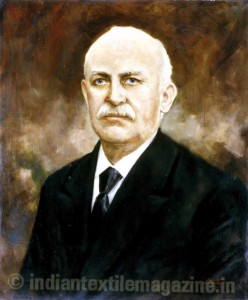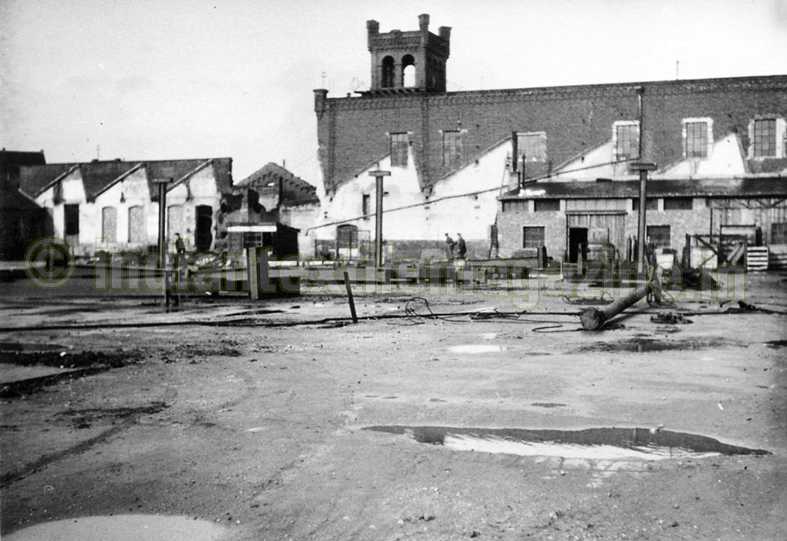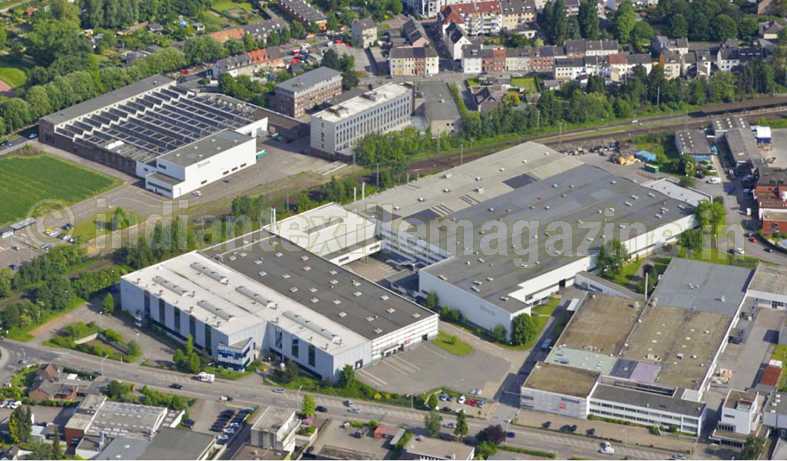
The development of Trützschler over the course of 125 years and four generations has been a tremendous success. The most important factors for this have been, and still are its high innovative strength, close customer relations, good service, long-term success orientation, and the flexibility of a family-owned company. Today, Trützschler stands for technological leadership and occupies a top position concerning economic efficiency and reliability of the machines and systems provided.
Currently, the Trützschler Group now has approximately 3,000 employees worldwide at nine production sites.

On August 1, 1888, Paul Heinrich Trützschler registered a forge and metal working shop in Crimmitschau. Right from the start the business focused on service for textile companies. Though initially the emphasis was on repairs, it was only a matter of a few years before the first machines were manufactured in-house. In 1902, the company received its first patent.
Tearing machines and cotton cleaning machines were the first main products. The “Cotonia”, a cotton cleaner and cotton waste cleaner, was the most popular product of that period.
The second generation, Bruno, Willy and Karl Trützschler, developed the company into a successful industrial enterprise during the 1920s and 1930s. Even then, Trützschler machines were shipped worldwide.
The Second World War did not pass without leaving its mark on the company. After the war, an attempt was made to rebuild the company. However, Crimmitschau was located in the Soviet occupation zone. The concept of the occupying force did not allow for a family business. Ultimately, the company was expropriated, and the brothers Karl and Willy were detained.

In 1947, the third generation, Hermann and Hans Trützschler, made a new beginning in Rheydt/Mönchengladbach. This new foundation quickly turned into a company with international standing again. Trützschler started its international expansion already at the end of the 1960s by establishing a production facility in Charlotte, USA. From mid to late 1970s, production facilities were established at Curitiba in Brazil and at Ahmedabad in India. Founding these companies in the large markets, in close proximity to customers, was an outstanding corporate accomplishment.
The milestones in the development of the company are pneumatic card feeding in 1963, introduction of the first card in 1967, addition of the draw frame to the product range in 1992, as well as start-up of the in-house construction of electronic controls at the end of the 1970s.
The fourth generation, Heinrich Trützschler, the son of Hans Trützschler, and Dr. Michael Schürenkrämer, the son-in-law of Hermann Trützschler, joined the management in 1991, after several years with the company.
In the rapidly growing market of China, initially a technology co-operation was formed with a local partner in 1993. In 2001, a company-owned production facility was established in Shanghai. This step was crucial for Trützschler’s success in the Chinese spinning preparation machine market, even in the face of fierce local competition.

In a joint development with Toyota Industries Corp., the product range for spinning preparation installations was expanded by the comber. In 2012, the comber was presented for the first time.
Under the direction of Dr. Michael Schürenkrämer and Heinrich Trützschler, three new business divisions were established during the past 10 years. The founding of Trützschler Card Clothing in 2003 was based on an acquisition of the clothing specialist Hollingsworth. The business division, Trützschler Nonwovens emerged from the former companies, Fleissner (dryer, hydroentanglement), Erko (opener, roller card, crosslapper, needling machine) and Bastian (winder).
The segments of Fleissner (machines for the production of man-made fibers) and SwissTex AG (machines for industrial and carpet yarns) make up the fourth business division, Trützschler Man-Made Fibers.